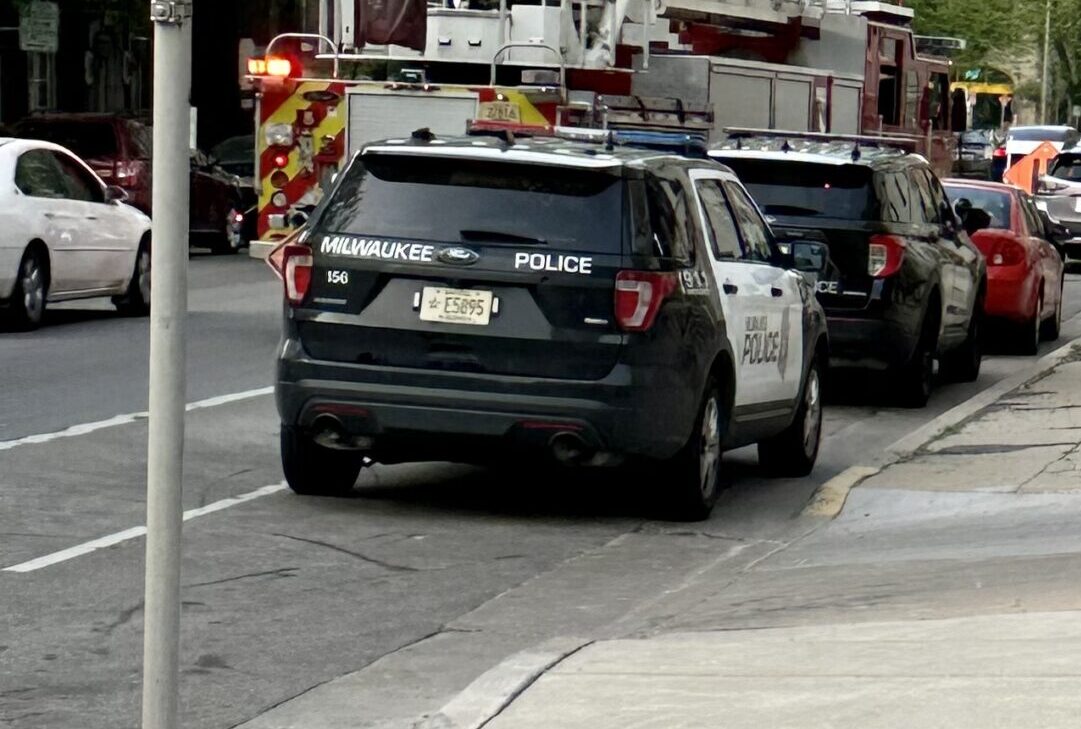Labor Logic
By: dmc-admin//July 12, 2006//
 |
|
John D. Finerty, Jr. |
The United States Supreme Court granted certiorari in two important anti-trust cases recently. These cases involve frequently litigated issues that have split the circuit courts of appeal. We can expect decisions from the Court in these cases by the end of the year.
Bell Atlantic v. Twombley
In Bell Atlantic, the Court will decide the legal requirements for stating a conspiracy claim under § 1 of the Sherman Act. The specific issue is whether allegations of “parallel conduct” by anti-trust defendants also requires facts that support the existence of an actual conspiracy. In this case, the Second Circuit held that factual allegations of an actual conspiracy are not necessary; rather, the assertion that defendants engaged in parallel conduct as a result of a conspiracy is sufficient to state a Sherman § 1 Act claim, according to the court of appeals.
The Second Circuit’s holding conflicts with the “plus factor” standard adopted by the First, Sixth and Tenth Circuits. The “plus factor” standard requires that, when pleading a § 1 claim, a plaintiff must allege facts that would support a claim of conspiracy. In other words, plaintiffs cannot simply allege that a conspiracy exists; there must be factual allegations to support the existence of a conspiracy.
The “plus factor” standard allows either direct evidence of a conspiracy or evidence that tends to exclude the possibility that the alleged conspirators acted independently.
Weyerhauser Co. v. Ross-Simmons Hardwood Lumber Co.
This case involves the concept of “predatory bidding” whereby a company purposefully bids up the price of inputs to prevent competitors from obtaining enough supplies or raw materials to produce finished products.
Most are familiar with “predatory pricing” claims that arise under § 2 of the Sherman Act. In pricing claims, a plaintiff must prove that a defendant suffered a short term loss by virtue of its pricing and that it would probably recoup its losses in the long term once competition was eliminated.
In other words, predatory pricing involves one company setting artificially low prices to drive competitors out of the market with the likelihood that the remaining market player or players will be able to raise prices in the long term. The issue in Weyerhauser Co. is whether this same standard applies to predatory bidding claims.
The case comes from the Ninth Circuit, which concluded that predatory bidding cases were different than predatory pricing cases because bidding cases do not immediately result in lower prices to the end consumer. The Ninth Circuit thus created its own test for a predatory bidding claim.
Under the Ninth Circuit’s test, a defendant is guilty of predatory bidding if it pays a price “higher than necessary” to keep its competitors from buying inputs “at a fair price.” Determinations as to what price is “necessary” or “fair” under this test would be, presumably, left to a jury.
For more information on these cases or for assistance prosecuting or defending an anti-trust case in federal court, contact John D. Finerty, Jr. at Michael Best & Friedrich at (414) 225-8269 or on the Internet at [email protected].
Legal News
- Former Wisconsin college chancellor fired over porn career is fighting to keep his faculty post
- Pecker says he pledged to be Trump campaign’s ‘eyes and ears’ during 2016 race
- A conservative quest to limit diversity programs gains momentum in states
- Wisconsin prison inmate pleads not guilty to killing cellmate
- Waukesha man sentenced to 30 years for Sex Trafficking
- 12-year-old shot in Milwaukee Wednesday with ‘serious injuries’
- Milwaukee man convicted of laundering proceeds of business email compromise fraud schemes
- Giuliani, Meadows among 18 indicted in Arizona fake electors case
- Some State Bar diversity participants walk away from program
- Wisconsin court issues arrest warrant ‘in error’ for Minocqua Brewing owner
- Iranian nationals charged cyber campaign targeting U.S. Companies
- Facing mostly white juries, are Milwaukee County defendants of color truly judged by their peers?
WLJ People
- Power 30 Personal Injury Attorneys – Russell Nicolet
- Power 30 Personal Injury Attorneys – Benjamin Nicolet
- Power 30 Personal Injury Attorneys – Dustin T. Woehl
- Power 30 Personal Injury Attorneys – Katherine Metzger
- Power 30 Personal Injury Attorneys – Joseph Ryan
- Power 30 Personal Injury Attorneys – James M. Ryan
- Power 30 Personal Injury Attorneys – Dana Wachs
- Power 30 Personal Injury Attorneys – Mark L. Thomsen
- Power 30 Personal Injury Attorneys – Matthew Lein
- Power 30 Personal Injury Attorneys – Jeffrey A. Pitman
- Power 30 Personal Injury Attorneys – William Pemberton
- Power 30 Personal Injury Attorneys – Howard S. Sicula











